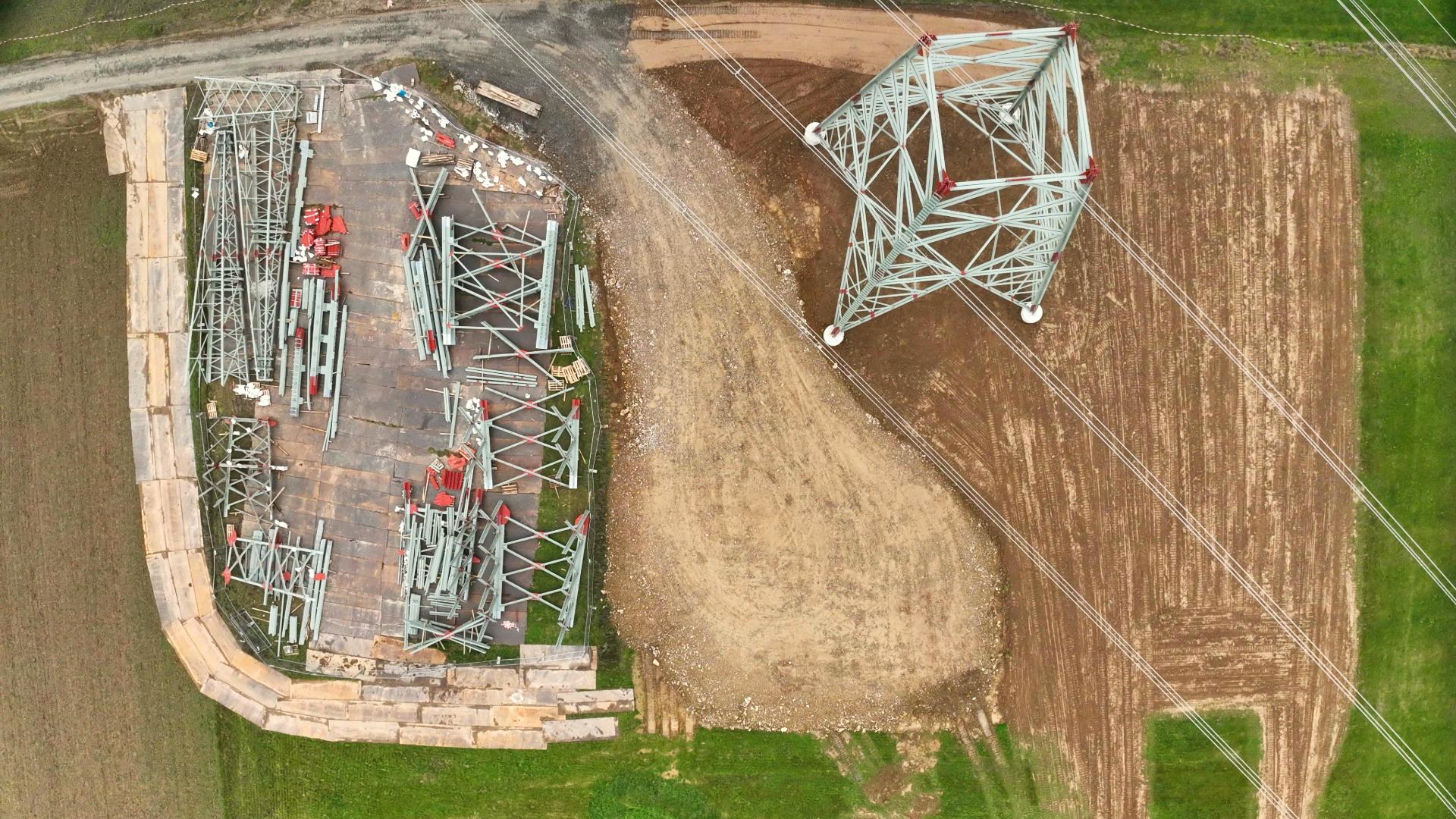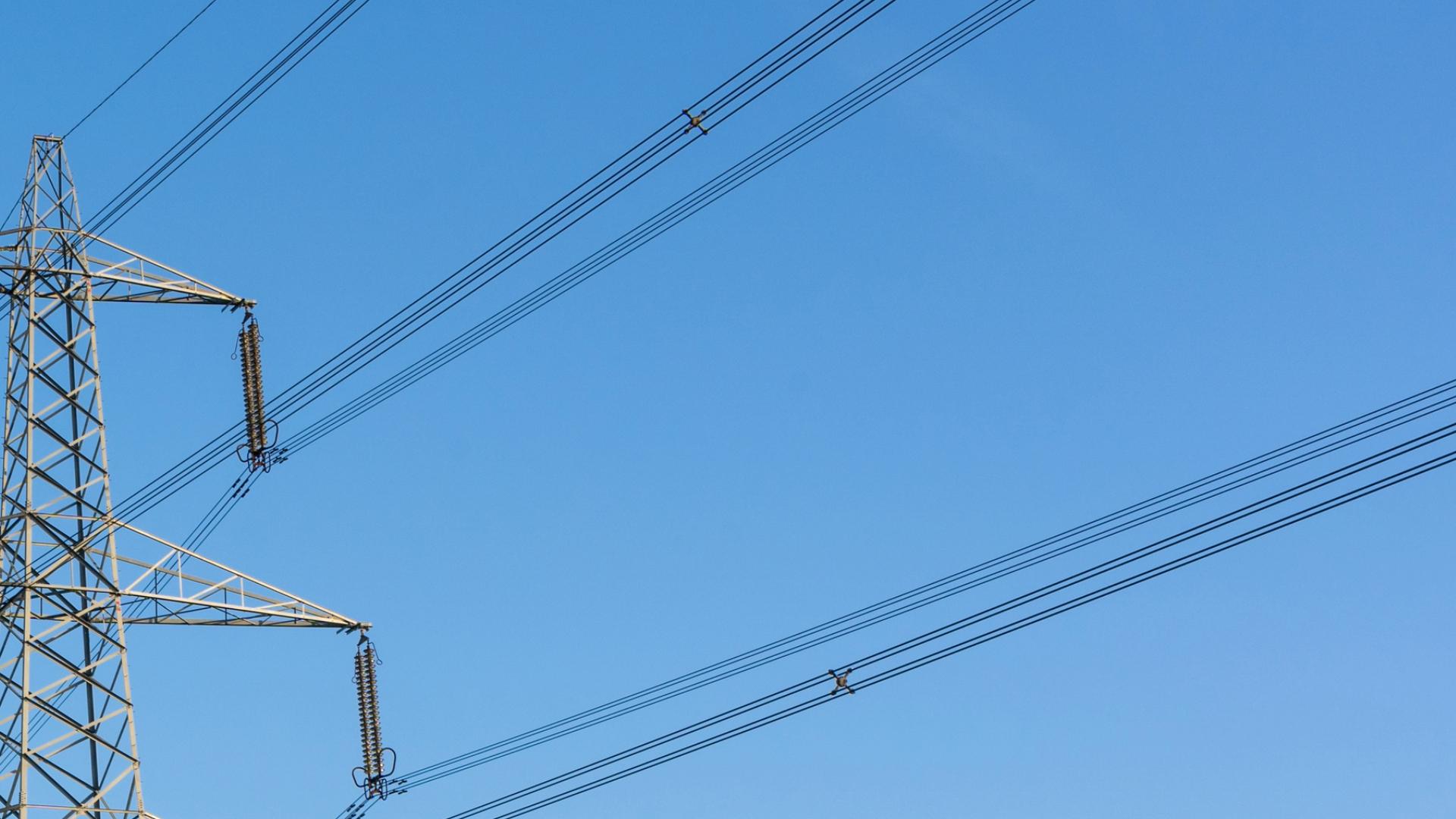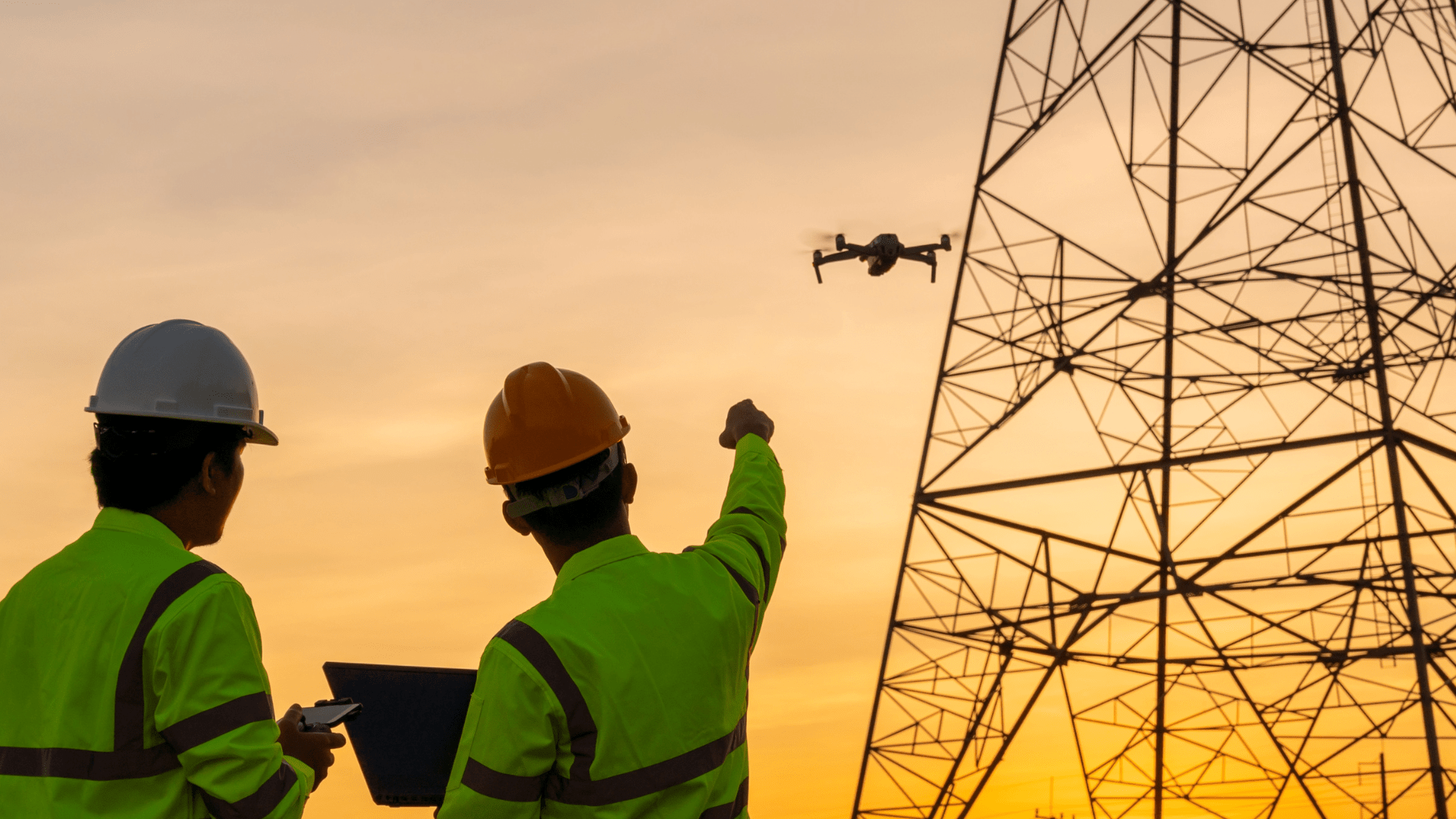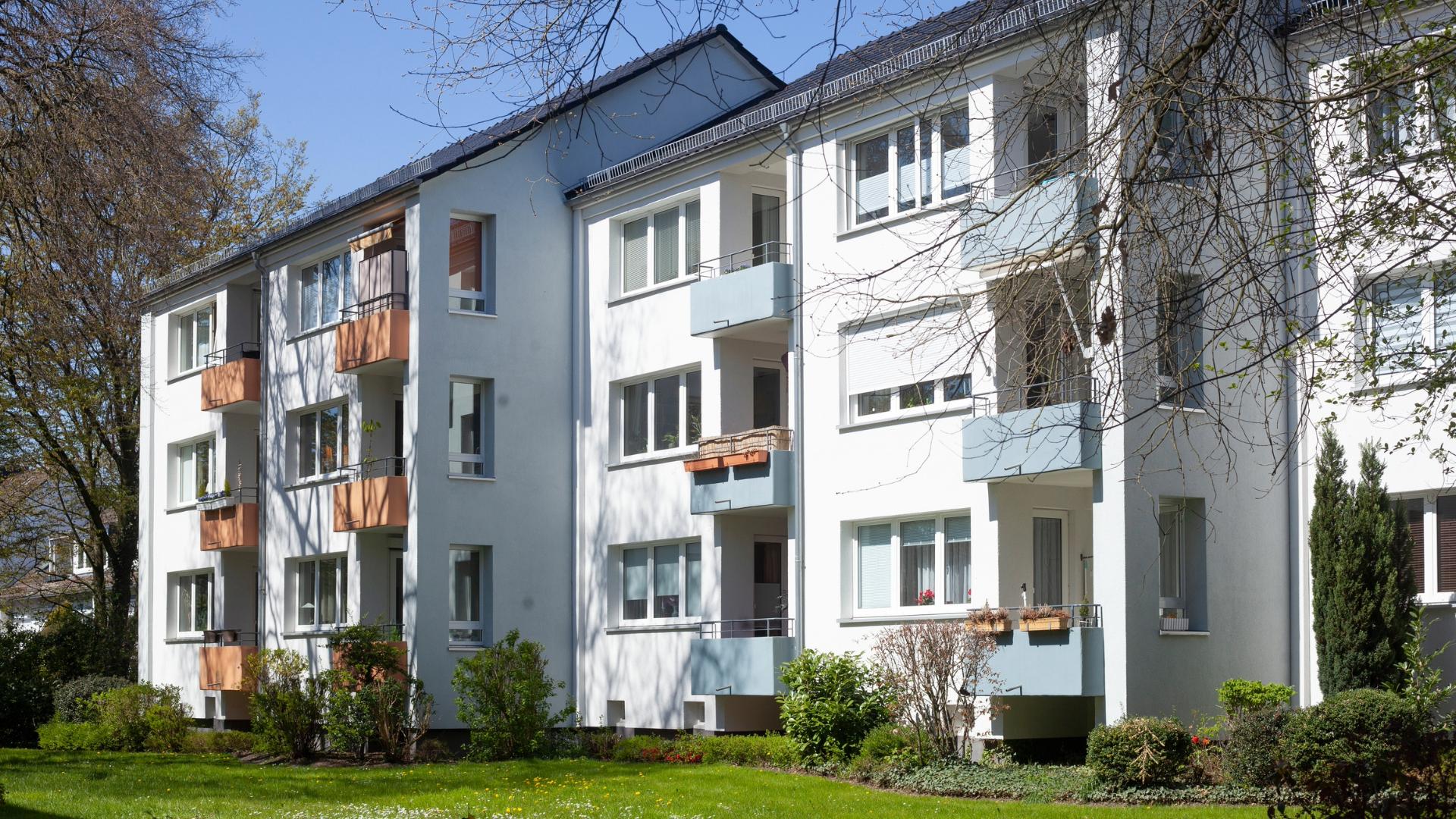Anyone who wants to fly a drone with a take-off weight of over 2 kg needs a proof of knowledge in Germany (colloquially a Drone Pilot Licence). But even when flying lighter models, it may be advisable or even mandatory to have a proof of knowledge. This is the case, for example, when applying for special permissions.
1. The drone pilot licence is the “proof of sufficient knowledge to control unmanned aerial vehicles”
It is advisable to have a proof of knowledge. Important basics about flight operations and navigation as well as helpful knowledge about aviation law are taught. Even meteorology is one of the examination subjects.
So far, the certificate of knowledge is only valid in Germany. However, there are places where an English confirmation of the certificate is issued. In Europe this is recognized by many states. The EU regulation for drones probably provides for a standardization of the proof of knowledge. More will only be known on 01.01.2021, when the regulation comes into force.
2. There is a big drone pilot license and a small one
Section 21a (4) of the German Air Traffic Act distinguishes between two different types of proof of knowledge: one for private use and one for private and commercial drone use.
The small driving licence costs 25 to 30 € and can be obtained at the age of 14, while the large drone driving licence can cost up to 500 € and can be obtained at the age of 16.
3. Where to Get Your Certificate and What You Have to Do for It
Proof of knowledge can be obtained at all locations and training centres that have been recognised in accordance with § 21d of the German Air Traffic Act. You can obtain further information via a targeted Google search or from your local authority.
The examination can be conducted in writing, orally or on a PC. Please ask your examination office which procedure is used there.
In order to pass, at least 75 % must be achieved in all three subject areas. This corresponds to at least 18 points for 23 questions in the field of aviation law, at least 5 points for 6 questions in the field of meteorology and at least 17 points for 22 questions in the field of flight operations and navigation. The examination consists of at least 51 questions, which are asked in multiple choice form. Normally, an examination takes between 45 and 90 minutes.
The questions of the examination are composed of the three subject areas aviation law, meteorology, flight operations and navigation. Below you will find a detailed list with the content of each subject area.
Should you fail the exam, you can just repeat it. For more detailed regulations, please ask at your preferred examination office.
4. Validity of the drone pilot licence
Most drone pilot licences are valid for 5 years. After that, the examination must be repeated.
Attention: January 1st 2021 the new EU drone regulation will come into force. There will possibly be changes. Towards the end of the year we will report about the changes.
We wish you beautiful and safe flights,
Your FlyNex Team




